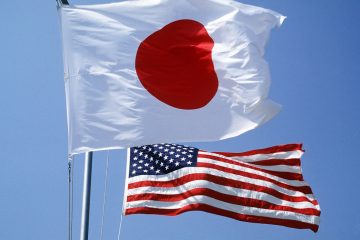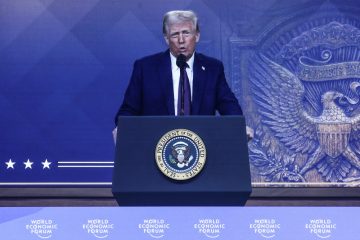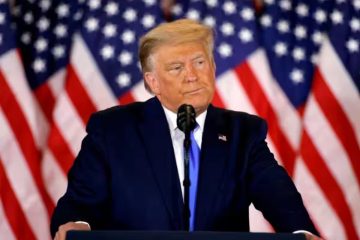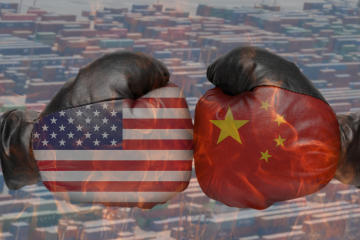How the yuan sets the tone in currency markets
MARIO DRAGHI, boss of the European Central Bank (ECB), is a polished speaker, clear and direct. Yet there was a moment after the bank’s monetary-policy meeting on September 13th when he was uncharacteristically vague. Asked how the ECB might recycle the proceeds from maturing bonds once it ends its bond-buying programme, he said the issue had not come up. “We haven’t even discussed when we’re going to discuss it.” Perhaps at the meeting in November. Or December. It will be soon, anyway.
Much of what central banks do is now telegraphed well in advance. Despite the occasional absurdities involved in giving fine-grained “forward guidance”, the Federal Reserve, the ECB and others have trained investors to know when to expect an increase in interest rates. Indeed, central-bank watching is no longer just concerned with clues about the timing of interest-rate changes or plans for bond purchases or sales. It has reached a more elevated plane, where statements by central bankers are parsed for signs of what they might soon say about what they may eventually do.
It is a surprise, then, that forward guidance has had consequences for currency markets that have gone almost unnoticed. In China, policies can change without much in the way of prior signalling. So when the yuan moves, it carries rare news—about currency demand, about China and by extension about the world economy. Increasingly it is the yuan that shapes the foreign-exchange market.
It is still a long way from being a global currency. The yuan has not made great strides as a trading or reserve currency. The dollar is still king. Of the $ 5trn traded in currency markets each day, the dollar is on one side of the exchange in almost nine out of ten transactions. Crude oil is priced in dollars. The bonds issued by countries and by globalised firms are likely to be in dollars if they are not in their home currency. And the dollar accounts for two-thirds of foreign-exchange reserves. The yuan barely registers.
China looms large as an importer and exporter. It is the largest trading partner for almost every country on the planet. But the trade it dominates is priced, invoiced and settled mostly in the currency of America. Indeed, such was the importance of exports to China’s economy that, until quite recently, the yuan’s value was pegged tightly to the dollar.
Off the peg
But no longer. Since August 2015 the yuan has ostensibly been managed by reference to a broad basket of currencies. In principle this is so the yuan’s value can better reflect economic forces. In practice it simply allows the yuan to move in a wider range against the dollar, says Mansoor Mohi-uddin of NatWest Markets. Even this has limits. If the yuan strengthens too quickly, it will hurt China’s exports. If it weakens too much, the dollar debts of Chinese firms become more onerous. A sharp drop might spark devaluation fears and capital flight.
Yet in one regard, the yuan’s influence is increasingly felt. Almost as soon as the yuan was allowed to float a little more freely, the currencies of economies that do a lot of trade with China began to move in tandem with it. The euro-dollar exchange rate, for instance, has closely tracked changes in the dollar-yuan rate recently (see chart). When the yuan weakened against the dollar in 2016, the euro fell to a low of $ 1.05. When the yuan rallied last year, so did the euro. This co-movement is probably not a coincidence, says Kit Juckes, of Société Générale, because the currencies of China’s other big trading partners show the same pattern. When the yuan moves up or down, other currencies follow it.
This is testament to China’s “soft power” in the foreign-exchange market, says Mr Juckes. In large part China owes this clout to its gravity in global trade. But it is enhanced by the forward-guidance straitjacket worn by central bankers elsewhere. Their transparency can be almost comical, as Mr Draghi’s comments show. By contrast, little is known about what China plans. A shift in the yuan is a big signal.
China’s pull must now be reckoned with when thinking about the outlook for currency markets. A typical long-range forecast for the euro is $ 1.30, some 10% higher than where it trades now. That forecast is close to estimates of the euro’s purchasing-power parity, the exchange rate that would make the price of a basket of goods the same in Europe as in America. It seems a natural rate for the euro to gravitate towards. But it will be hard for it to reach that level unless China’s policymakers allow the yuan to rise against the dollar. And who can say with confidence that they will?
This article appeared in the Finance and economics section of the print edition under the headline “The yuan show”









